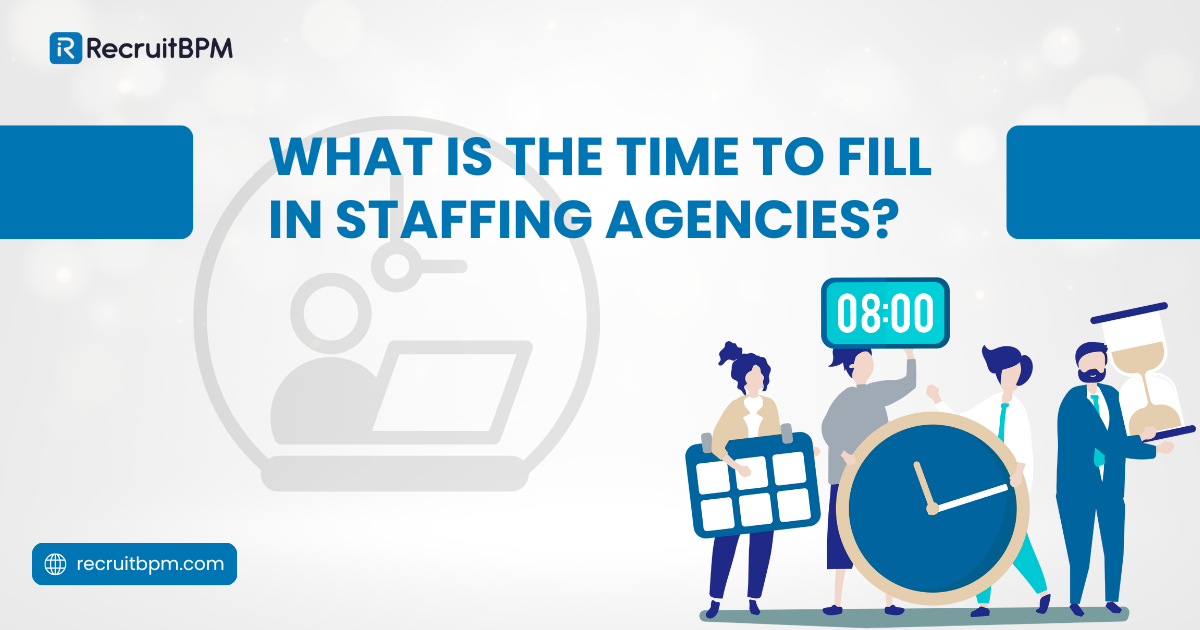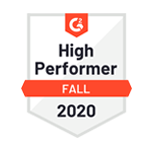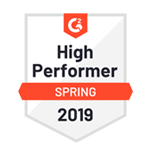Time to fill represents one of the most important performance indicators for staffing agencies. Understanding and optimizing this metric directly impacts your agency’s profitability, client satisfaction, and competitive positioning in the recruitment market.
Time to Fill Definition for Staffing Agencies
Time to fill measures the number of days between opening a job requisition and a candidate accepting the job offer. This recruiting metric tracks your complete hiring process from initial client request through successful placement.
For staffing agencies, the calculation typically starts when your client submits a job requisition or approves the position. The endpoint occurs when your placed candidate accepts the offer. This timeframe encompasses candidate sourcing, screening, interviewing, and offer negotiation.
Why Time to Fill Matters for Recruiting Firms?
Extended time to fill creates cascading problems for your staffing agency. Clients lose productivity while positions remain vacant. Their remaining employees face increased workloads and potential burnout. Your agency risks losing placements to faster competitors.
Research shows that 30% of hiring managers lose their top candidate choice because of lengthy recruitment timelines. The best talent receives multiple offers within ten days of job searching. Every additional day in your process increases the likelihood that candidates will accept other positions.
Fast placements build client loyalty and generate repeat business. Agencies that consistently deliver quick turnarounds earn preferred vendor status. Your time to fill directly influences client satisfaction scores and renewal rates.
Time to Fill vs Time to Hire: Key Differences
Time to hire and time to fill measure different aspects of your recruitment process. Time to hire tracks the period from when a candidate enters your pipeline until they accept an offer.
Time to fill captures the broader process. It begins when the job requisition opens and concludes with offer acceptance. This metric includes pre-sourcing activities like job description creation and posting advertisements.
Staffing agencies should monitor both metrics. Time to fill reveals overall process efficiency. Time to hire identifies how quickly you move candidates through evaluation stages once they enter your pipeline.
How to Calculate Time to Fill?
Time to Fill Formula
The basic time to fill the formula subtracts your start date from your end date. Use this simple calculation for individual positions.
Time to Fill = Date of Offer Acceptance – Date Job Requisition Opened
If you open a requisition on March 1st and the candidate accepts on March 25th, your time to fill equals 24 days.
Calculating Average Time to Fill Across Multiple Positions
Staffing agencies need aggregate data across all placements. Calculate your average by adding individual time to fill measurements and dividing by the number of positions filled.
(Time to Fill Position A + Time to Fill Position B + Time to Fill Position C) ÷ Number of Positions = Average Time to Fill
For example, three placements taking 20, 30, and 40 days calculate as: (20+30+40) ÷ 3 = 30 days average time to fill.
Track this metric monthly and quarterly. Compare performance across different clients, industries, and placement types to identify patterns and improvement opportunities.
Setting Your Measurement Start and End Points
Consistency matters more than which specific points you choose. Some agencies start counting when clients submit requisitions. Others begin when job postings go live or when they approve the job order internally.
The endpoint typically occurs when candidates accept offers. Some agencies extend measurement until the candidate’s first day. Choose what makes sense for your business model, but apply it consistently across all positions.
Time to Fill Benchmarks for Staffing Agencies
Average Time to Fill by Industry
Industry benchmarks provide context for your performance. The global average time to fill stands at approximately 44 days. However, staffing agencies typically operate much faster than internal corporate recruiting teams.
Healthcare and technology sectors often show shorter timelines due to high demand. Manufacturing and executive positions generally require longer placement periods. Track your performance against competitors serving similar markets rather than general industry averages.
Temporary vs Permanent Placement: Time to Fill
Placement type dramatically affects time to fill expectations. Temporary positions fill fastest, averaging just 6 days from requisition to placement. These roles require less extensive screening and faster client decisions.
Contract positions take slightly longer, at approximately 8 days average time to fill. The additional time accounts for rate negotiations and contract terms discussions.
Permanent placements require the most time, averaging 32 days to fill. These roles demand comprehensive screening, multiple interview rounds, and careful candidate-client matching. Clients invest more time evaluating candidates for long-term positions.
How Your Agency Compares to Industry Standards?
Benchmark your time to fill against these placement type averages. Exceeding these timelines signals process inefficiencies requiring attention. Significantly faster times might indicate quality concerns worth investigating.
Consider geographic market factors, too. Competitive talent markets with candidate shortages naturally extend time to fill. Rural areas might show longer timelines than metropolitan markets.
Why Time to Fill Impacts Staffing Agency Success?
Client Satisfaction and Retention
Clients hire staffing agencies expecting speed. They need positions filled quickly to maintain operations. Extended time to fill frustrates clients and damages relationships.
Fast placements demonstrate your agency’s effectiveness. Clients associate quick turnarounds with strong candidate pipelines and efficient processes. Meeting or beating promised timelines builds trust and generates referrals.
Candidate Experience and Offer Acceptance Rates
Candidates lose interest in slow-moving processes. Studies show 23% of candidates disengage after one week without communication. Another 46% lose interest after two weeks of silence.
Shorter time to fill keeps candidates engaged throughout the process. Quick movement from application to offer reduces candidate dropout. Your offer acceptance rates improve when candidates haven’t been interviewing extensively elsewhere.
Revenue Impact of Extended Time to Fill
Every day a position remains unfilled costs your agency potential revenue. A longer time to fill reduces your annual placement capacity. Your recruiters handle fewer requisitions when each placement takes excessive time.
Extended timelines also increase costs. You spend more on job advertisements, candidate sourcing, and recruiter hours. Efficiency gains directly translate to improved profit margins.
Competitive Advantage Through Faster Placements
Speed wins in competitive staffing markets. Agencies with shorter time to fill secure more placements before competitors can present candidates. You capture more market share when you consistently deliver faster.
Faster placements also mean access to better candidates. Top talent moves quickly through the market. Your speed advantage lets you present opportunities to candidates before they accept other offers.
Common Bottlenecks That Increase Time to Fill
Sourcing and Candidate Pipeline Challenges
Starting candidate searches from scratch delays every placement. Agencies without maintained talent pools waste days sourcing candidates. Weak pipeline development creates unnecessary delays at the process start.
Limited sourcing channels also slow placements. Relying solely on job boards misses passive candidates. Diversified sourcing through networking, referrals, and social media accelerates candidate identification.
Screening and Interview Delays
Unstructured screening processes waste time on unqualified candidates. Without clear requirements, your team interviews too many people. Excess interview rounds extend timelines unnecessarily.
Schedule coordination creates significant delays. Back-and-forth emails scheduling interviews add days to the process. Multiple stakeholders complicate coordination further.
Client Decision-Making Timelines
Client delays represent major bottlenecks. Slow interview feedback extends candidate waiting periods. Indecisive hiring managers prolong the selection phase.
Multiple approval layers slow offer processes. Organizations requiring executive sign-off add days to the final stages. Your agency’s efficiency gets undermined by client delays.
Offer Approval Process Inefficiencies
Complex offer approval workflows delay placements. Internal approval requirements at clients or your agency add unnecessary time. Lack of pre-approved terms forces renegotiation for each placement.
Rate negotiations sometimes stall placements. Unclear pricing expectations create back-and-forth discussions. Standardized rate sheets reduce these delays.
Proven Strategies to Reduce Time to Fill
Building Pre-Vetted Talent Pools
Maintain ongoing talent pipeline development between placements. Keep relationships warm with qualified candidates from previous searches. Pre-screened candidates reduce sourcing time dramatically.
Create specialty talent pools by skill set and industry. When requisitions arrive, you immediately access relevant candidates. This proactive approach eliminates days from your time to fill.
Streamlining Interview Coordination
Implement automated scheduling tools that sync multiple calendars. Candidates select available times without email exchanges. Automation eliminates coordination delays.
Reduce unnecessary interview rounds through collaborative hiring. One comprehensive interview often replaces multiple shorter meetings. Video interviews accelerate the process for remote candidates.
Automating Repetitive Recruitment Tasks
Automation significantly reduces time to fill. Automated job posting distribution reaches multiple channels simultaneously. Email templates speed candidate communication without sacrificing personalization.
AI-powered resume screening identifies qualified candidates faster than manual review. Automated reference checking accelerates background verification. These time savings compound across multiple placements.
Improving Client Communication and Decision Speed
Set clear expectations with clients about decision timelines. Establish service level agreements specifying feedback deadlines. Document these expectations upfront to ensure accountability.
Provide decision-making frameworks that help clients evaluate candidates efficiently. Structured scorecards facilitate faster, more confident hiring decisions. Your guidance reduces client indecision.
How RecruitBPM Reduces Time to Fill for Staffing Agencies?
Automated Candidate Pipeline Management
RecruitBPM maintains organized talent pools accessible instantly when requisitions arrive. Your team searches pre-screened candidates by skills, location, and availability. This organized database eliminates sourcing delays.
Automated candidate tracking shows exactly where each person stands in your pipeline. You identify qualified candidates ready for immediate placement opportunities. No candidate gets lost in disorganized spreadsheets.
Real-Time Time to Fill Tracking and Reporting
RecruitBPM automatically calculates time to fill for every position. Real-time dashboards display current metrics across all active requisitions. You spot delays immediately rather than discovering problems during quarterly reviews.
Custom reports segment time to fill by client, placement type, and recruiter. These insights reveal specific bottlenecks requiring attention. Data-driven decisions replace guesswork in process improvement.
Streamlined Client-Recruiter Collaboration Tools
RecruitBPM facilitates seamless communication between your recruiters and clients. Shared candidate profiles eliminate duplicate data entry. Clients access candidate information instantly without waiting for email updates.
Automated interview scheduling coordinates multiple calendars effortlessly. Clients receive candidate submissions immediately. Faster communication reduces unnecessary delays throughout the placement process.
AI-Powered Candidate Matching for Faster Placements
RecruitBPM’s AI analyzes job requirements and suggests the best-fit candidates from your database. Intelligent matching reduces time spent manually reviewing resumes. Your recruiters focus on relationship building rather than administrative tasks.
Automated candidate engagement keeps your pipeline warm. Scheduled communications maintain relationships with passive candidates. When opportunities arise, these candidates respond quickly because you’ve maintained consistent contact.
FAQs About Time to Fill in Staffing Agencies
What is a good time to fill for staffing agencies?
Temporary positions should be filled within 6-8 days. Contract placements typically take 8-12 days. Permanent positions average 30-35 days. Your goals should align with the placement type while beating competitor timelines.
How does time to fill affect staffing agency profitability?
Shorter time to fill increases placement volume and revenue capacity. Reduced recruiting costs and improved offer acceptance rates boost profit margins. Faster placements also strengthen client relationships and generate more referrals.
What’s the difference between time to fill and fill rate?
Time to fill measures the days required to complete placements. Fill rate calculates the percentage of requisitions successfully filled within a specific timeframe. Both metrics provide important performance insights.
How can staffing agencies improve time to fill without sacrificing quality?
Build pre-vetted talent pools for immediate access to qualified candidates. Implement structured screening processes to identify top talent efficiently. Use technology for administrative tasks while recruiters focus on relationship building and quality assessment.
Time to fill directly impacts your staffing agency’s success. Faster placements mean happier clients, better candidate experiences, and increased revenue. Understanding this metric helps you identify improvement opportunities.
RecruitBPM provides the tools staffing agencies need to reduce time to fill systematically. Automated workflows, intelligent candidate matching, and real-time reporting transform your recruitment efficiency.
Ready to reduce your time to fill and increase placements? Discover how RecruitBPM accelerates staffing agency success.

















